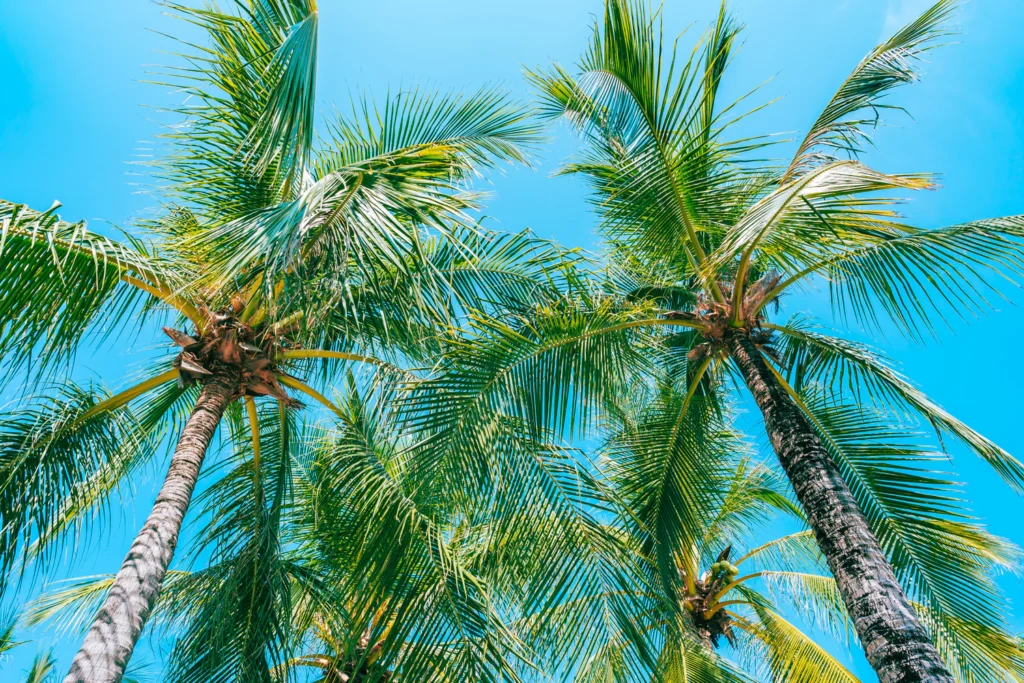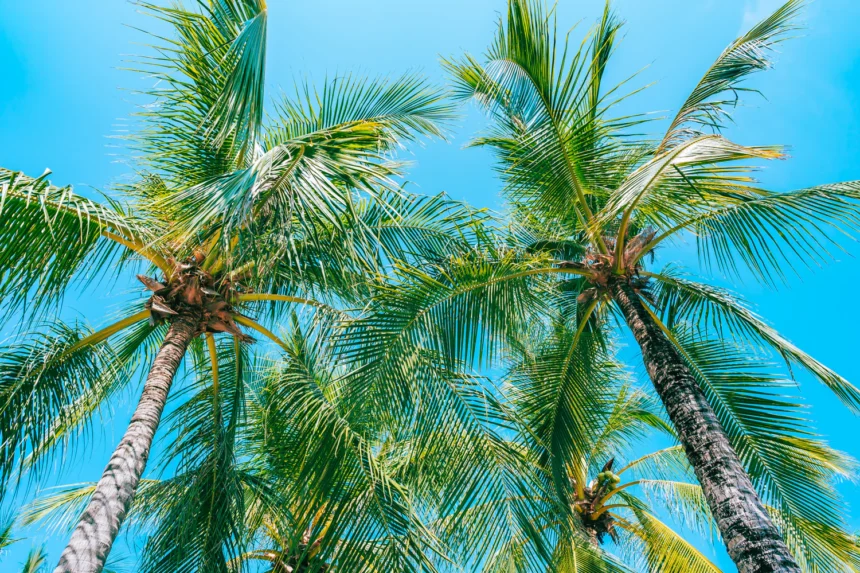Table of Contents
Coco tree root for food scientifically known as Theobroma cacao, are celebrated worldwide for the cocoa beans they produce, which are the foundation of chocolate. However, lesser-known aspects of this plant, such as its roots, have potential applications in food and sustainability. This article explores the significance of cocoa tree roots, their characteristics, potential uses, and implications for the environment and human well-being.
Understanding the Cocoa Tree
The cocoa tree is native to tropical regions, thriving in humid climates near the equator. Its biological structure, from roots to leaves, is uniquely suited to its environment and plays a crucial role in its survival and utility.
Characteristics of the Cocoa Tree
- Height and Growth: Cocoa trees are typically small to medium-sized, growing up to 4–8 meters tall. They are cultivated under the canopy of taller trees.
- Pods and Beans: The colorful pods house cocoa beans, which are the primary source of cocoa powder, butter, and chocolate.
- Root System: The roots anchor the tree and absorb water and nutrients from the soil.
Root System: A Hidden Treasure
The root system of cocoa trees is often overlooked but plays a vital role in the plant’s development and health. It includes:
- Taproot: A central root that grows deep into the soil, providing stability.
- Lateral Roots: Spread outward near the surface, enhancing water and nutrient absorption.
The Role of Cocoa Tree Roots in Food
While cocoa beans are the primary focus, research and traditional practices highlight the roots’ potential as a food source or ingredient.
Nutritional Composition of Cocoa Roots
Although limited studies exist, preliminary research indicates that cocoa tree roots may contain:
- Carbohydrates: A potential energy source.
- Fiber: Promotes digestive health.
- Phytochemicals: Beneficial compounds with antioxidant properties.
Traditional Uses of Cocoa Roots
In certain indigenous cultures, cocoa roots have been utilized for their medicinal and culinary benefits. These include:
- Herbal Teas: Decoctions made from roots are believed to boost immunity and treat ailments.
- Powdered Supplements: Dried roots ground into powder may be added to soups or porridge.
Sustainability and Environmental Benefits
Cocoa tree roots also contribute to environmental sustainability, making them valuable beyond their food applications.

Soil Health and Fertility
- Nutrient Cycling: Roots improve soil fertility by cycling nutrients between soil layers.
- Erosion Prevention: Lateral roots bind soil particles, reducing erosion risks.
Carbon Sequestration
Cocoa roots store carbon in the soil, playing a role in mitigating climate change. By maintaining soil organic matter, they contribute to long-term carbon sequestration.
Challenges in Utilizing Cocoa Tree Roots for Food
Despite their potential, several challenges must be addressed to use cocoa roots effectively and sustainably.
Limited Research
The nutritional profile, safety, and best practices for preparation remain underexplored. Further studies are essential to unlock their full potential.
Sustainable Harvesting
Overharvesting roots could harm the tree and reduce productivity. Sustainable methods must be developed to balance usage and conservation.
Awareness and Accessibility
Communities need education and access to tools to utilize cocoa roots effectively, particularly in regions where the trees are grown.
Potential Innovations in Cocoa Root Utilization
Functional Foods
Cocoa roots could be processed into powders, teas, or extracts for use in functional foods that promote health benefits.
Fermentation and Processing
Fermentation techniques may enhance flavor and nutritional content, similar to how cocoa beans are processed.
Biodegradable Products
Beyond food, cocoa roots might be used to create eco-friendly packaging or agricultural products, leveraging their fibrous structure.
Conclusion
Coco tree root for food offer untapped potential for food, sustainability, and innovation. By exploring their nutritional benefits, traditional uses, and environmental contributions, we can pave the way for sustainable practices that enhance the value of this remarkable tree. With further research and community engagement, cocoa roots could become an integral part of the global conversation about food security and environmental stewardship.
Frequently Asked Questions (FAQ)
1. Are cocoa tree roots safe to eat?
Yes, but with caution. Limited research exists, and traditional practices suggest certain preparation methods to ensure safety.
2. How can cocoa roots be prepared for food?
Common methods include boiling for teas or grinding dried roots into powder. Avoid consuming raw roots to reduce potential risks.
3. Do cocoa roots taste like chocolate?
No, cocoa roots have a distinct earthy flavor and do not resemble the taste of cocoa beans or chocolate products.
4. Can using cocoa roots harm the tree?
Yes, overharvesting roots can damage the tree. Sustainable practices must be followed to balance usage and tree health.
5. What other uses do cocoa roots have?
Beyond food, cocoa roots can improve soil health, prevent erosion, and potentially serve as raw material for biodegradable products.
The cocoa tree’s roots offer a promising frontier for sustainable development and nutritional exploration. By focusing on research and innovation, we can unlock their full potential and ensure their benefits for future generations.




